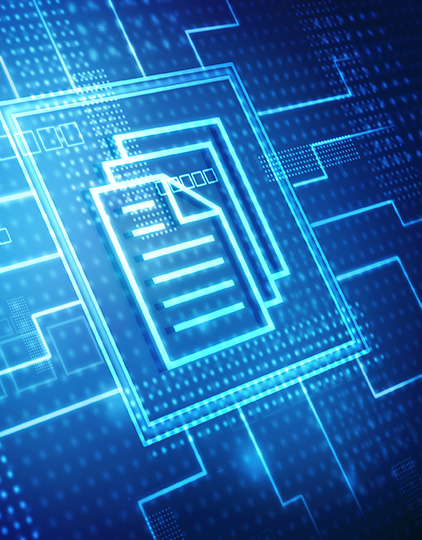Industry Article
Improved subsalt images with least-squares reverse time migration
Back to Technical ContentComplex overburdens often distort reservoir images in terms of structural positioning, stratigraphic resolution, and amplitude fidelity. One prime example of a complex overburden is in the deepwater Gulf of Mexico, where thick and irregular layers of remobilized (i.e., allochthonous) salt are situated above prospective reservoir intervals. The highly variant salt layers create large lateral velocity variations that distort wave propagation and the illumination of deeper reservoir targets. The salt layers also induce large transmission losses that make the subsalt events weak in amplitude, and therefore easily overpowered by strong multiples from shallow multiple generators and other types of noise. In subsalt imaging, tools such as reflection tomography, full-waveform inversion and detailed salt interpretation are needed to derive a high-resolution velocity model that captures the lateral velocity variations. Once a velocity field is obtained, and after the best attempt at multiple suppression, reverse time migration (RTM) can be applied to restore structural positioning of events below and around the salt. However, RTM by nature is unable to fully recover the reflectivity for desired amplitudes and resolution, especially for deeper subsalt reservoir images. This shortcoming is well recognized by the imaging community, and it has propelled the emergence of least-squares RTM (LSRTM) in recent years. In simple terms, LSRTM inverts for the reflectivity that best fits the recorded data through modeling (i.e., demigration) and migration processes. LSRTM can be performed either by an iterative gradient-based local search, or, for better efficiency and applicability, by an approximate single-iteration approach. We investigated how current LSRTM methods perform on subsalt images. First, we compared the formulation of data-domain vs. image-domain least-squares migration (LSM), as well as methods using single-iteration approximation vs. iterative inversion. Next, we examined the resulting subsalt images of several LSRTM methods applied on both synthetic and field data. Among our tests, we found that image-domain single-iteration LSRTM methods, including an extension of Guitton’s (2004) method in the curvelet domain, not only compensated for amplitude loss due to poor illumination caused by complex salt bodies, but also produced subsalt images with fewer migration artifacts in the field data. By contrast, an iterative inversion method showed its potential for broadening the bandwidth in the subsalt, but was less effective in reducing migration artifacts and noise. Based on our understanding, we summarize the current state of LSRTM for subsalt imaging, particularly in terms of single-iteration and iterative LSRTM methods.
Download Resource 
Publications
Interpretation (SEG+AAPG)Authors
Ping Wang, Shouting Huang, And Ming Wang